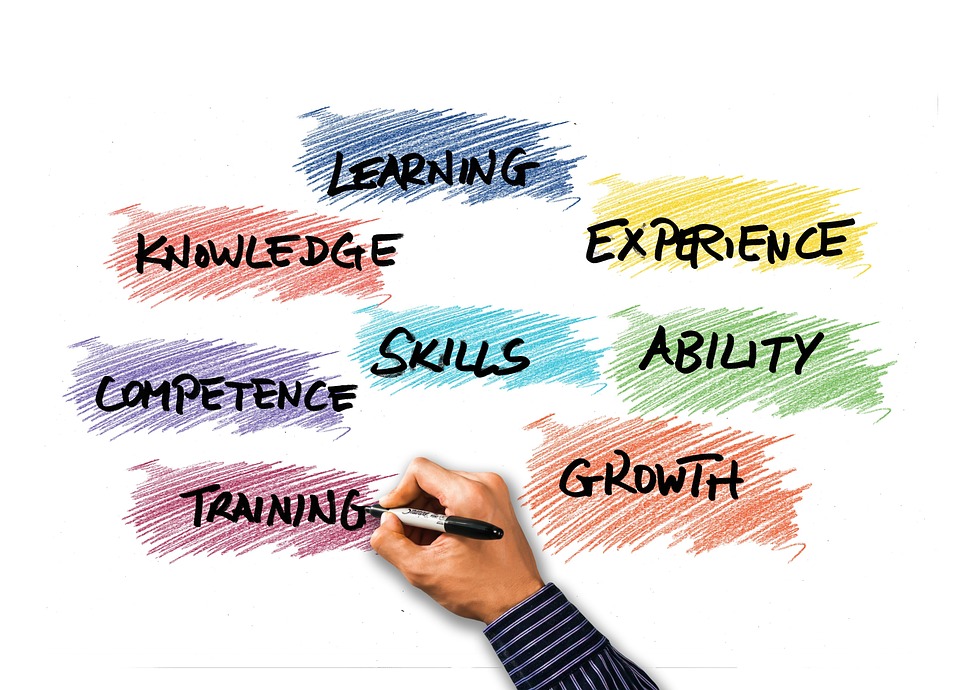
In the world of education, traditional methods have long been the norm. Students sitting in rows, listening to lectures, memorizing facts, and regurgitating them on exams have been the mainstay of educational systems for centuries. However, in today’s rapidly evolving society, it is becoming increasingly apparent that this traditional approach is no longer sufficient. Instead, educational systems need to embrace creative learning in order to prepare students for the challenges of the 21st century.
Creative learning, also known as active or experiential learning, is an educational approach that encourages students to think critically, solve problems, and express themselves through various creative mediums. It recognizes that each student has a unique set of talents, interests, and learning styles, and seeks to foster their individual creativity and innovation.
One of the key reasons why educational systems should embrace creative learning is because it cultivates the skills that are in high demand in today’s job market. Gone are the days when employers desired individuals who could simply follow instructions and complete tasks in a linear fashion. Instead, they now seek employees who can think outside the box, adapt to changing circumstances, and come up with innovative solutions to complex problems. Creative learning allows students to develop these skills by encouraging them to explore and experiment, ask questions, and collaborate with others.
Moreover, creative learning instills a sense of passion and motivation in students. When students are given the opportunity to pursue their own interests and engage in hands-on, meaningful projects, their excitement for learning is heightened. They become active participants in their own education, rather than passive recipients of information. This not only leads to better academic outcomes, but also fosters a lifelong love for learning.
In addition, creative learning helps students develop crucial skills such as communication, collaboration, and problem-solving. By working on projects that require teamwork and cooperation, students learn how to effectively communicate and work with others. They also learn how to identify and solve problems through critical thinking and creative problem-solving techniques. These skills are invaluable in today’s interconnected and rapidly changing world.
Furthermore, embracing creative learning allows for the exploration and celebration of diverse talents and perspectives. Traditional educational systems tend to prioritize certain subjects and methods of learning, leaving little room for students who excel in different areas or have alternative ways of understanding and processing information. Creative learning, on the other hand, provides students with a platform to express their unique talents and perspectives, fostering inclusivity and promoting a more well-rounded education.
Breaking the mold of traditional educational systems may seem like a daunting task. However, by embracing creative learning, educational institutions can equip students with the skills they need to thrive in a rapidly changing world. It is time to recognize that creativity is not a luxury, but a necessity in education. By valuing and supporting creative learning, we can prepare our students to become innovative thinkers, problem solvers, and leaders in the 21st century.
Luxury Items for Moms - 70% OFF at ClassyLuxe.com
Younger Glowing Skin - Discover Ancient Ayurvedic Secrets at DoctorIndiaHerbals.com
Explore One of the Largest Collections of Dinosaur-Themed Toys, Games, Gifts, Decor, and More at DinoAvenue.com
Empowering Moms at Every Step - www.SuperMommy.io
Discover Premium Design Elevator Shoes for Men and Women at LondonCobblers.com
Discover Hidden Family Destinations for Vacations at Places.Travelz.io
Find the Best Deals on Airfare and Hotels with Advanced Metasearch Technology at www.Travelz.io